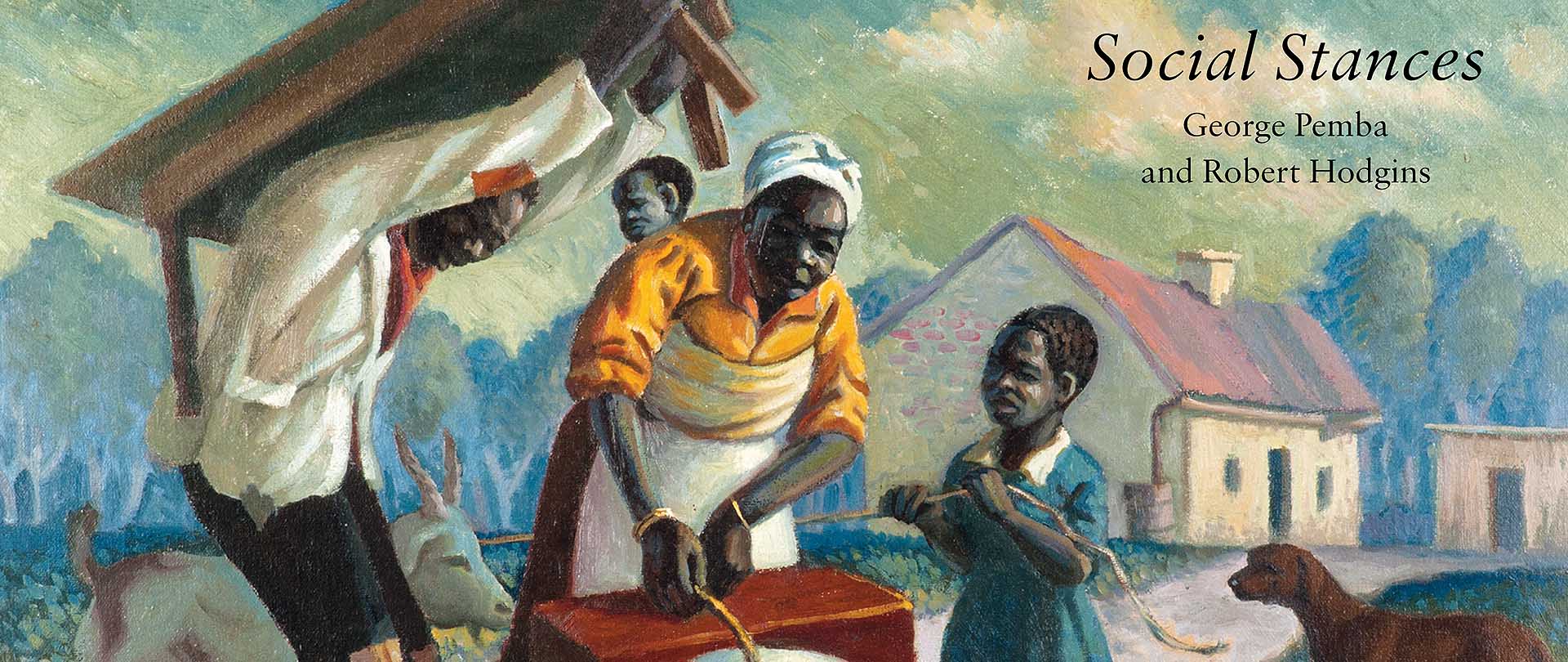George Pemba and Robert Hodgins took up very different stances towards their society, the main source of inspiration for their art: Pemba, with a very humane attitude towards society, depicted a local, traditional culture and life, and Hodgins, a more satirical stance towards Western society, portraying an urban way of life.
Catalogue
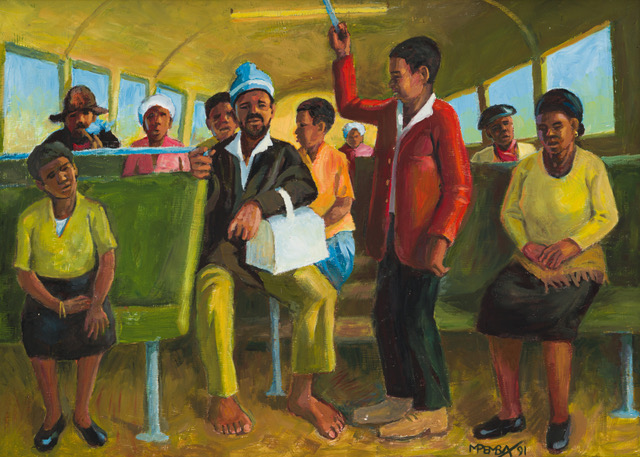
George Pemba
In the Train
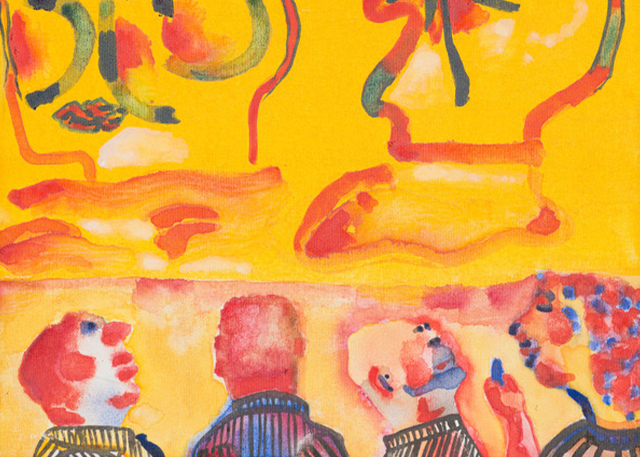
Robert Hodgins
Look But Don’t Touch
About
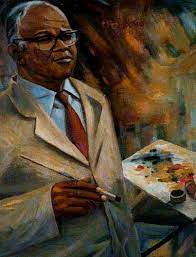
George Pemba
South African
1912 – 2001
Born in Port Elizabeth on 2 April 1912, Milwa Mnyaluza ‘George’ Pemba developed an early love of drawing, encouraged by his parents. After winning a scholarship at the age of 16, Pemba worked hard developing his signature style, drawing portraits and depicting life around him. Under the apartheid regime, Pemba continued to practice his art, thanks, largely, to the support of his wife Eunice, who ran a spaza shop. In 1990, a major exhibition of Pemba works at the Everard Read Gallery in Johannesburg brought him national attention. He is renowned for his unembellished honesty, fine draftsmanship, expressive colourand strong sense of composition.
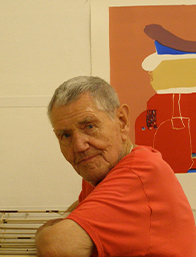
Robert Hodgins
British
1920 – 2010
London-born Robert Hodgins immigrated to South Africa in 1938 and served in the Union Defence Force during WWII. After the war he studied art and education at Goldsmiths College, University of London, before returning to South Africa in 1954 to teach, first at the Pretoria Technical College School of Art, and then for nearly twenty years at the University of the Witwatersrand. He only became a full-time artist in the early 1980s when he was in his sixties. Hodgins mentored generations of artists, many of whom have achieved international recognition.
Press Release
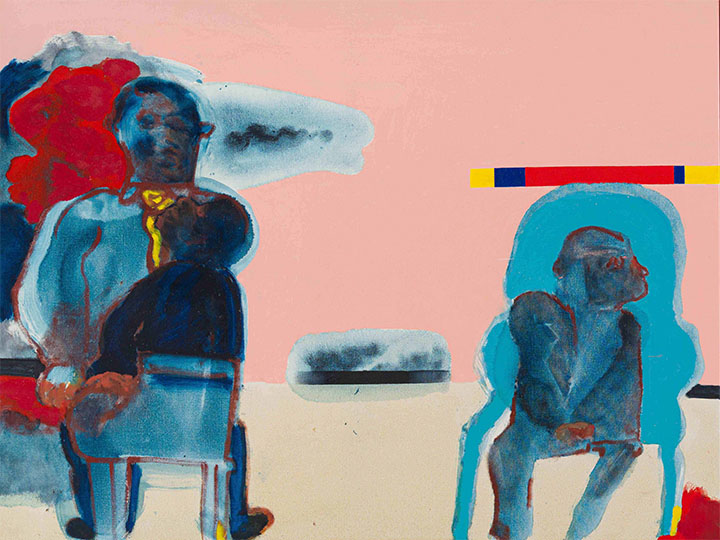
George Pemba and Robert Hodgins: Social Stances
Non-selling exhibition of artworks by George Milwa Mnyaluza Pemba (1912-2001) and Robert Hodgins (1920-2010), accompanied by an illustrated printed catalogue.
George Pemba and Robert Hodgins took up very different stances towards their society, the main source of inspiration for their art: Pemba, with a very humane attitude towards society, depicted traditional African culture and his own local contemporary way of life, and Hodgins, a more satirical stance towards Western society, portraying an urban way of life, shot through with an array of humorous and literary references.
Both Pemba and Hodgins grew up in rural settings before moving to big cities, Pemba in the Eastern Cape and later Port Elizabeth, and Hodgins with foster families in rural England, and later London (he first visited South Africa in 1938, and then moved permanently in 1953). Not only did Pemba depict African life in rural areas with its myths and legends and traditional cultural practices, but he also painted many scenes of the urban life of ordinary people, caught up in the socio-political situation of his time, with sympathy and pathos.
Videos
Strauss & Co Exhibitions
Strauss & Co is committed to giving back to the art community and fostering visual literacy. Exhibitions help grow the art market for the featured artists, thereby expanding the art ecosystem.
